Pratique | Conseils
Attirer et nourrir les colibris et les souimangas dans son jardin
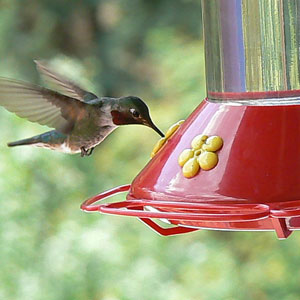
Colibri à gorge rubis (Archilochus colubris) se nourrissant à un distributeur d’eau sucrée.
Photographie : Garrett Davis / Wikimedia Commons
Introduction
Les colibris vivent sur le continent américain, du nord au sud. Ce sont des oiseaux souvent colorés, parfois minuscules, capables de battre des ailes à des allures vertigineuses, de voler sur place et même en arrière. Leur rythme cardiaque est impressionnant et ils consomment en moyenne leur propre poids en nourriture chaque jour. Ils économisent de l’énergie en restant perchés de longues heures durant la journée et en abaissant leur température interne la nuit, jusqu’à la léthargie parfois. Certaines espèces sont pourtant capables de migrer sur des centaines de kilomètres, et ils doivent pour cela accumuler de la graisse avant d’effectuer le voyage.
Ce sont des oiseaux principalement nectarivores, le nectar constituant 90 % de leur régime alimentaire, mais également insectivores. Ils atteignent et absorbent ce liquide sucré produit par les fleurs grâce à leur longue langue extensible séparée en deux parties à leur extrémité et garnie de petites soies et de nervures. Ils jouent un rôle important dans la pollinisation.
En Afrique tropicale, au Moyen-Orient, en Asie tropicale et en Australie vivent les souimangas, qui leur ressemblent superficiellement, et qui ont un régime alimentaire similaire.
On peut aider les oiseaux nectarivores à trouver de la nourriture, en particulier avant et durant les périodes de migration, quand les fleurs sont moins nombreuses ou quand le temps est froid ou humide. Dans cet article, nous vous donnons des conseils pour attirer les colibris et les souimangas dans les jardins et les nourrir.
Abstract
Hummingbirds are New World birds that constitute the family Trochilidae. They are among the smallest of birds, most species measuring in the 7.5–13 cm (3–5 in) range. Indeed, the smallest extant bird species is the Bee Hummingbird. They hover in mid-air at rapid wing flapping rates, typically around 50 times per second, backwards or upside down. Hummingbirds have the highest metabolism of any homeothermic animal. To conserve energy when food is scarce, they have the ability to go into a hibernation-like state (torpor) where their metabolic rate is slowed to 1/15th of its normal rate. Hummingbirds drink nectar, a sweet liquid inside certain flowers, with their tongue by rapidly lapping it. They will also take sugar-water from bird feeders. Such feeders allow people to observe and enjoy hummingbirds up close while providing the birds with a reliable source of energy, especially when flower blossoms are less abundant.
Sunbirds are very small passerine birds that live throughout Africa, the Indian Subcontinent, Southeast Asia and northern Australia. Like hummingbirds, they feed largely on nectar, even if they also take insects and spiders, especially when feeding young.
In this article, we tell you how to attract and feed these birds in your garden: which flowering plants for your garden, how to choose a good feeder or to make one, how to clean it, where to place it, how to make an artificial nectar.
Poursuivez la lecture de cet article, en vous abonnant dès maintenant !
Découvrez les Archives d’Ornithomedia.com
Pour seulement 10,00 €TTC/an (ou 6,00 € les 6 mois)
Profitez de plusieurs centaines d’articles en accès illimité et sans aucun engagement.
Compléments
Ouvrages recommandés
- The Complete Book of Hummingbirds de Tony Tilford
- Birds of Peru de Thomas S. Schulenberg, Douglas F. Stotz, Daniel F. Lane et John P. O’Neil
- The Birds of Ecuador: Field Guide de Robert S. Ridgely
- Birds of Peru de Thomas S. Schulenberg, Douglas F. Stotz, Daniel F. Lane et John P. O’Neill
- A Field Guide to the Birds of Brazil de Ber van Perlo
Sources
- Marion Asang et al (2012). The feeding preferences for color and time of day of Ruby-throated Hummingbirds in Garret County, Maryland. Frostburg State University. www.frostburg.edu
- Su Mei Lai. Feeder position preferences in response to potential and artificial predators in Hummingbirds. University of Colorado. http://usf.sobek.ufl.edu/content/SF/S0/00/14/46/00001/M39-00277.pdf
- Corinne Handelman et Joshua R. Kohn (2014). Hummingbird color preference within a natural hybrid population of Mimulus aurantiacus (Phrymaceae). Plant Species Biology. Volume 29, numéro 1, pages : 65–72. Janvier. http://onlinelibrary.wiley.com/doi/10.1111/j.1442-1984.2012.00393.x/full
- Wonjung Kim, Tristan Gilet et John W. M. Bush (2011). PNAS. Volume 108 numéro 40. www.pnas.org/content/108/40/16618.short
- Reed Hainsworth et Larry Wolf (1993). Hummingbird Feeding. Wildbirds magazine. www.hummingbirds.net/hainsworth.html
- Birdwatcher’s com. Debbie’s Tips for Attracting and Feeding Hummingbirds. www.birdwatchers.com/debtips.html
- YC Wee (2011). Gardening for birds: plants for nectar-feeding birds. Bird Ecology Study Group. www.besgroup.org
- Penn Lloyd (2000). Sunbird feeders – information from SABIRDNET. University of Cape town. Volume 9, numéro 1. http://web.uct.ac.za/depts/stats/adu/bn9_1_17.htm
- MA Josh. How to make homemade hummingbird nectar. Wiki How. http://www.wikihow.com/Make-Homemade-Hummingbird-Nectar
- Africa Geographic (2013). Garden gems. http://showme.co.za/lifestyle/garden-gems/
- Parks Brothers Greenhouses. Plants that attract Butterflies and Hummingbirds. www.parksbrothers.com




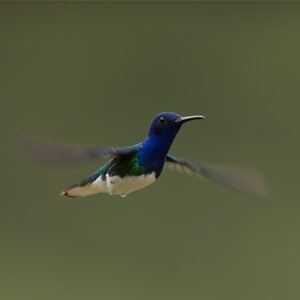
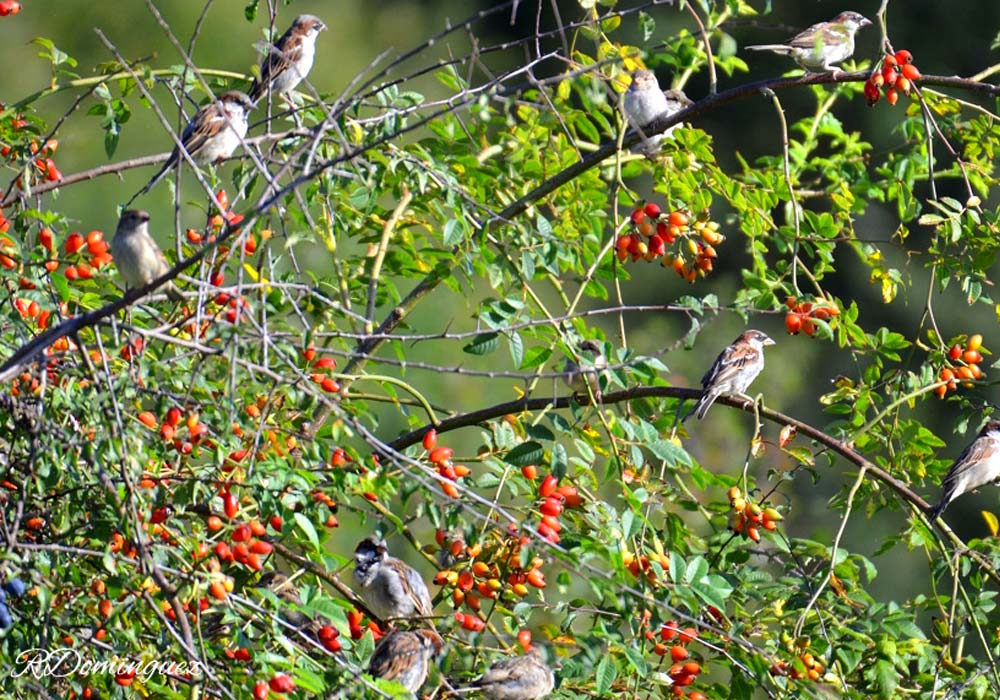
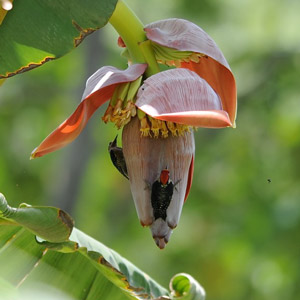
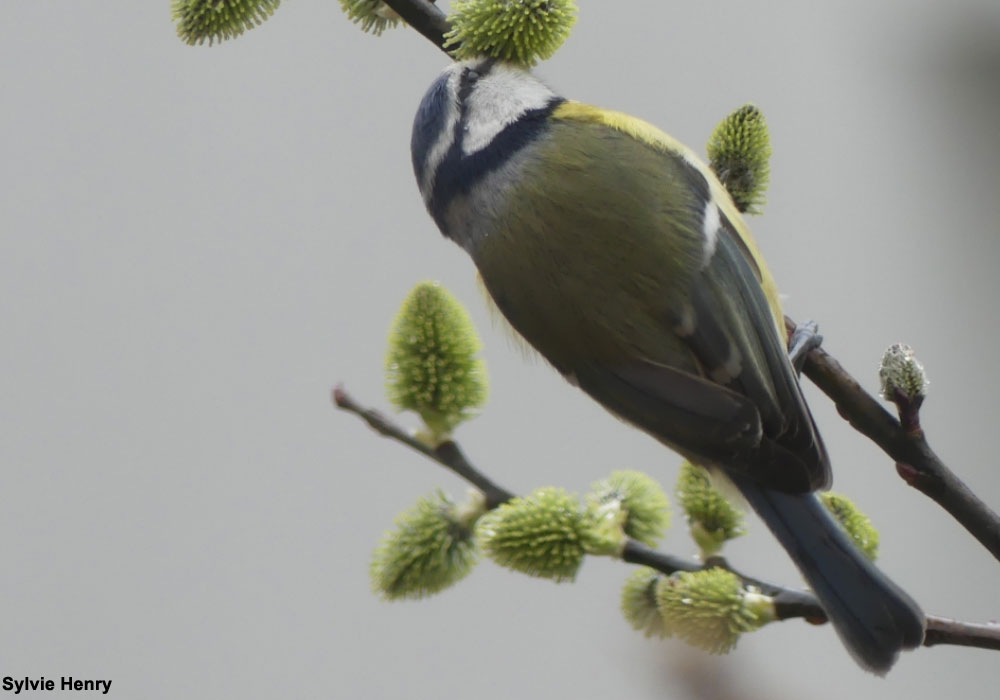
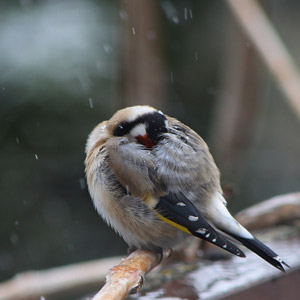
Aucun commentaire sur ce sujet
Participer à la discussion !